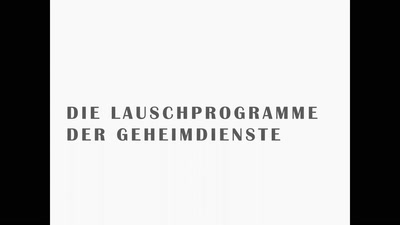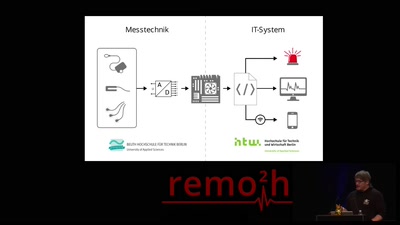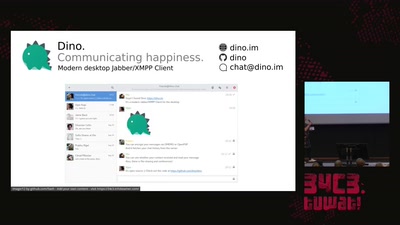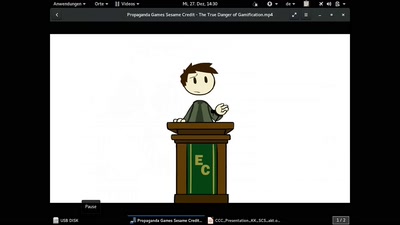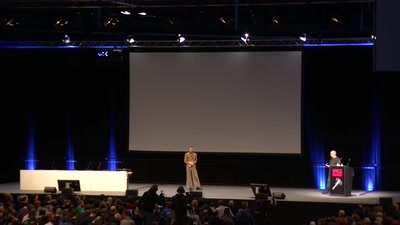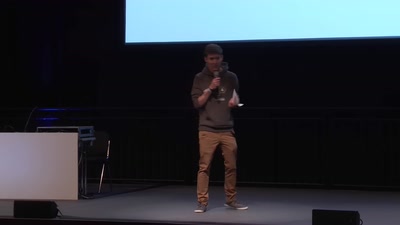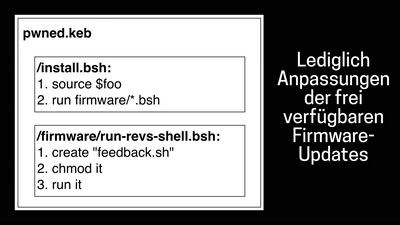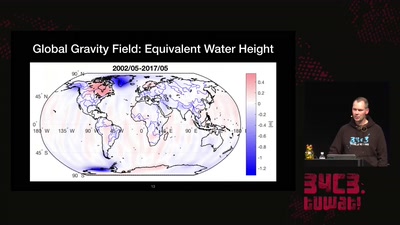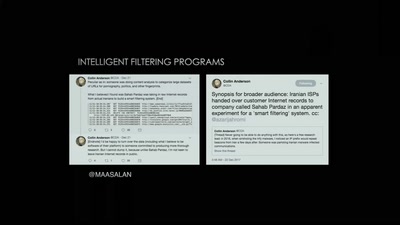Forensic Architecture
Forensic Architecture is an independent research agency that undertakes historical and theoretical examinations of the history and present in articulating notions of public truth.
In recent years, the group Forensic Architecture began using novel research methods to undertake a series of investigations into human rights abuses. The group uses architecture as an optical device to investigate armed conflicts and environmental destruction, as well as to cross-reference a variety of evidence sources, such as new media, remote sensing, material analysis, witness testimony, and crowd-sourcing.
In this talk, Eyal Weizman provides, for the first time, an in-depth introduction to the history, practice, assumptions, potentials, and double binds of this practice.
Download
Video
These files contain multiple languages.
This Talk was translated into multiple languages. The files available for download contain all languages as separate audio-tracks. Most desktop video players allow you to choose between them.
Please look for "audio tracks" in your desktop video player.

